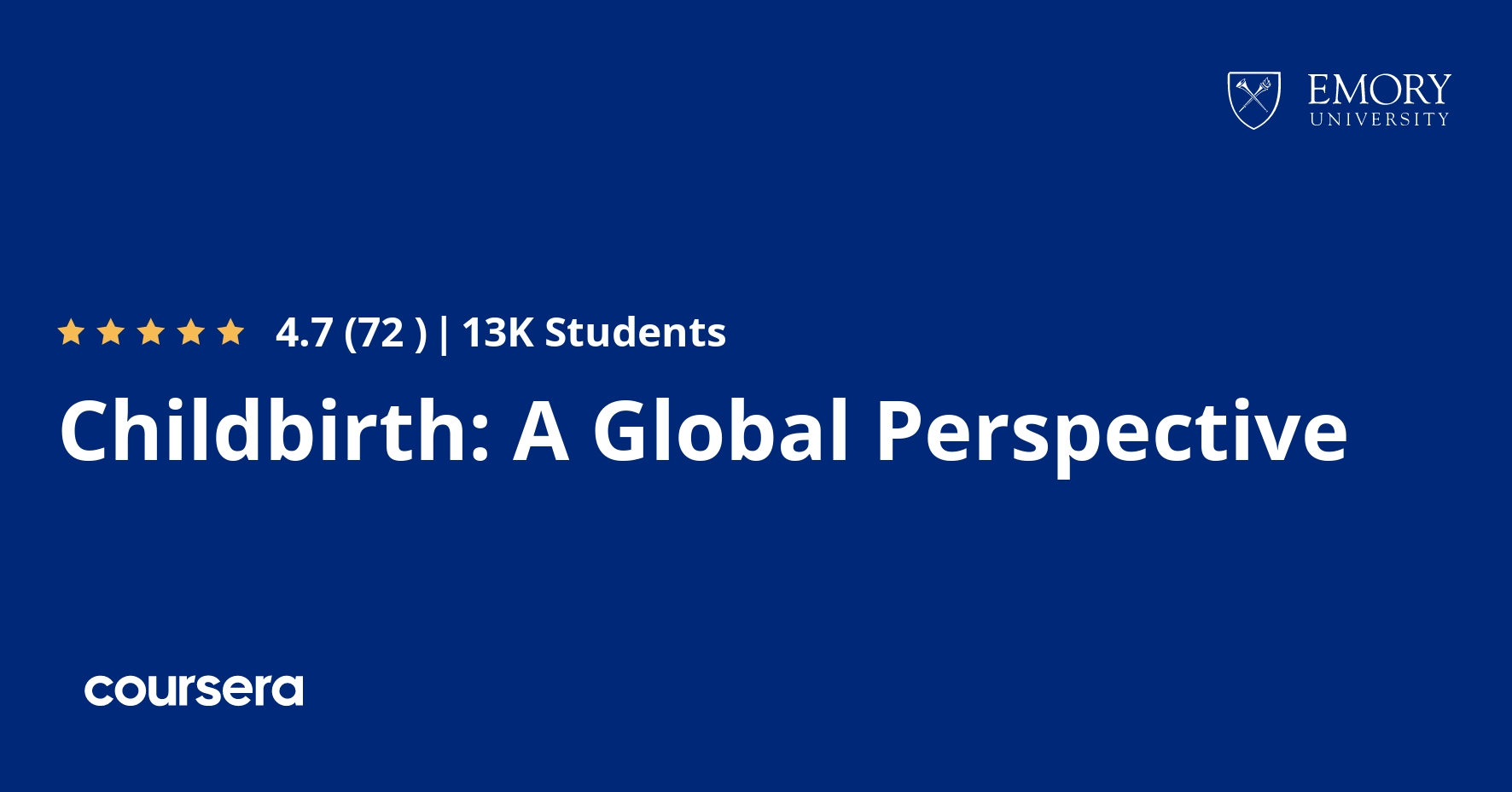Description
This course will review challenges for maternal and newborn health in the developing world, where a great many women and babies are suffering from complications during pregnancy, childbirth, and the days following birth. Themes covered include the epidemiology of maternal and newborn mortality and morbidity, relevant issues for the global health workforce, community-based interventions to improve maternal and newborn health and survival, and sociocultural dynamics surrounding birth.
This course provides a broad overview of maternal and newborn health issues facing low-income and transitional countries, where more than 2.6 million babies are stillborn and nearly 500,000 women die during childbirth or from pregnancy-related complications each year. In the developing world, many women deliver at home without a skilled care provider, drugs, or technological supports. Maternal and newborn survival can be improved by mobilizing communities and improving access to skilled care.
Through lectures, case studies and readings, course participants will learn about delivery challenges for maternal and newborn health services and how to utilize community-based strategies to improve the health and survival of mothers and babies.
What you will learn
Introduction to Maternal Mortality and Morbidity in the Global Context
Welcome to Module 1! This course will discuss the global health implications of pregnancy and childbirth in the developing world, where far too many women and babies die from complications during pregnancy, childbirth, and soon after childbirth. Themes covered in this module include an introduction to maternal care, an in-depth look at the numbers, and a look at maternal mortality and morbidity in a global context.
Introduction to Maternal Mortality and Morbidity in the U.S. Context
In this module you’ll visit the United States where, believe it or not, maternal mortality rate is actually on the rise! In fact, maternal mortality has doubled in the U.S. during the last two decades. Why is that? And what can be done to reverse this trend? Along the way you’ll meet a physician and her patient who will help us answer some of these questions.
The Impact of the Health Care Workforce Shortage
In this module we’ll be discussing the critical importance of having an adequate and well-trained health workforce for reducing maternal and newborn morbidity and mortality. We’ll be discussing the problems of shortage and maldistribution, as well as some important strategies for addressing these problems such as task shifting and task sharing.
Emergency Obstetric Care & Health Facility Services
In this module, we will learn about a globally recognized package of such interventions called emergency obstetric care, or EmOC. We will spend some time learning about how emergency obstetric care is assessed and monitored at the national and sub-national levels, including quality improvement measures. Lastly, we will consider some key challenges and potential solutions in developing country contexts.




